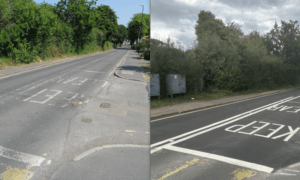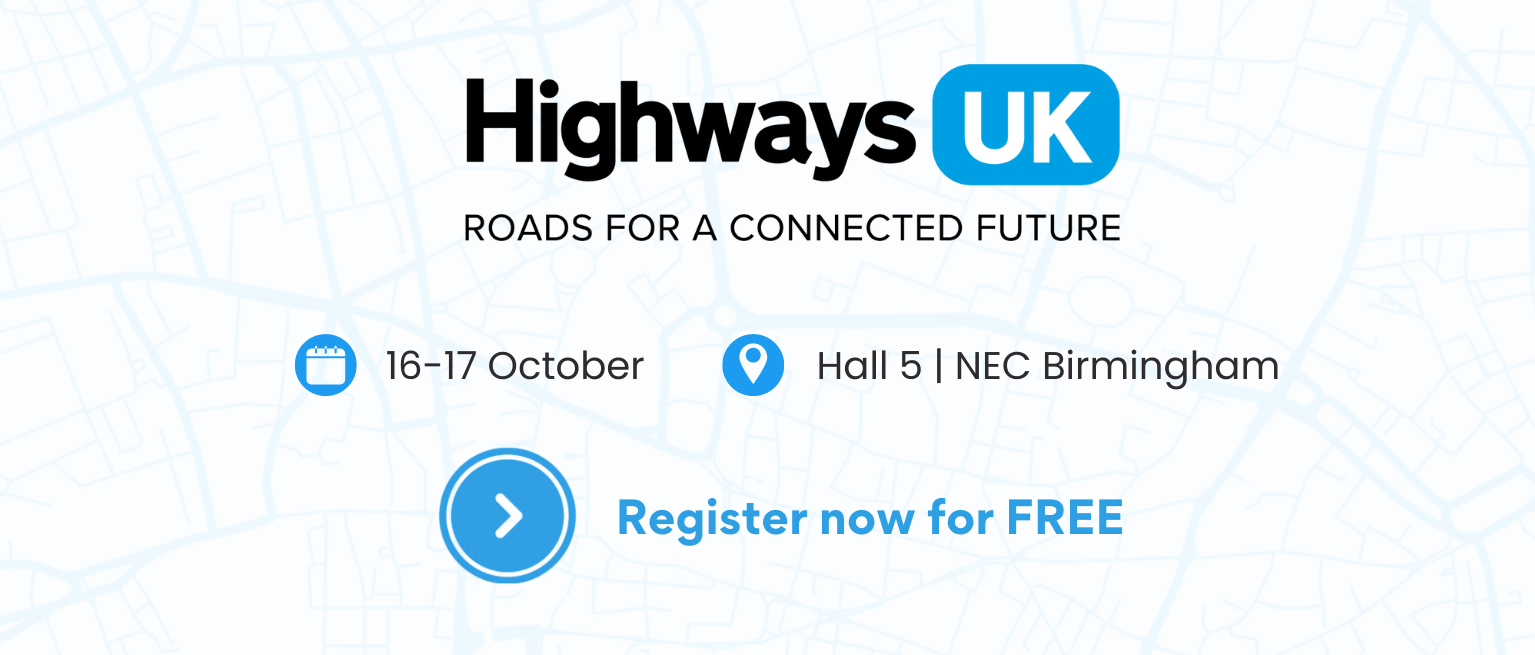By: University of Birmingham staff
We must harness the potential of AI to revolutionise the transport industry – improving efficiency, reducing costs, and enhancing user experiences.
In today’s increasingly interconnected world, transportation plays a crucial role in connecting people, goods, and services. Recognising the need for improved data management, the Department for Transport (DfT) recently published its first Transport Data Strategy (TDS) to revolutionise the industry with improved data discoverability, quality, and access. Whilst TDS signifies a long-overdue step in the right direction, its publication during the dawning of an AI renaissance prompts a question: does it go far enough?
TDS is an ambitious DfT initiative to harness the untapped potential of swathes of data within the sector. The strategy’s primary objective is to tear down the barriers hindering data accessibility and make better use of data available. It revolves around five themes:
- Sharing, Discoverability, and Access
- Data Standards and Quality
- Skills, Culture, and Leadership
- User Needs and Communication
- Governance, Protection, and Ethics
By tackling these interconnected themes, the TDS provides a foundation to overcome various challenges such as fragmented data sources, privacy concerns, and inconsistent data standards, fostering improved collaboration and analysis.
Whilst TDS is a commendable effort to address information accessibility and utilisation issues that have long plagued the industry, it may be that the methods proposed to achieve it will soon be outdated, given its scant attention to recent advancements in artificial intelligence.”Dr Joe Preece – Research Fellow, University of Birmingham
But are these foundations built upon solid ground? Whilst TDS is a commendable effort to address information accessibility and utilisation issues that have long plagued the industry, it may be that the methods proposed to achieve it will soon be outdated, given its scant attention to recent advancements in artificial intelligence (AI). Cutting-edge technologies have the potential to disrupt traditional data management strategies and create more efficient, automated, and intelligent solutions, beyond the realms of what has been possible in recent years.
Amongst TDS’ recommendations, predominantly manual techniques such as data and standardisation catalogues are still prominent, which do not reflect the scope of automated solutions that will soon be feasible. As technology continues to evolve at pace, such methods and processes will not meet future demands, hindering the transport industry’s ability to adapt and innovate optimally.
Talk of an AI-based transport data utopia is all very exciting but must be taken with a pinch of salt; it remains hypothetical, as we allow scientists and entrepreneurs to push the boundaries and find the limits. However, with a carefully drawn line between vision and pragmatism, we can ask ourselves how such a platform might come to fruition?
A key piece of the puzzle in revolutionising the transport industry lies in creating a comprehensive, data-driven ecosystem that fosters collaboration, seamless information exchange, and innovation for all transport stakeholders.
Enter the Transport Industry Data Environment (TIDE) under development at the University of Birmingham: a dynamic, decentralised knowledge graph designed to streamline the transport data landscape and empower stakeholders to harness the full potential of cutting-edge AI technologies, all baked into a single, shared solution.”Dr Joe Preece – Research Fellow, University of Birmingham
Enter the Transport Industry Data Environment (TIDE) under development at the University of Birmingham: a dynamic, decentralised knowledge graph designed to streamline the transport data landscape and empower stakeholders to harness the full potential of cutting-edge AI technologies, all baked into a single, shared solution.
- Decentralised and Standardised Data Infrastructure: TIDE would rely on a robust, scalable, and flexible decentralised knowledge graph that allows seamless integration of diverse datasets from various transport stakeholders.
- Holistic Data Governance: A coherent data governance approach is crucial to maintain the integrity, security, and overall quality of data within the TIDE.
- Automated Reasoning: At TIDE’s core, the integration of AI technologies would unlock vast potential for predictive analytics and intelligent automation, transforming the transport sector’s data-driven decision-making processes.
- User-friendly Interface: To foster widespread adoption of TIDE, an intuitive, user-friendly interface would be essential, granting transport stakeholders easy access to data and analytics.
- Innovative Collaboration: TIDE would serve as a hub for collaborative innovation, connecting stakeholders from different sectors and encouraging cross-industry partnerships, experiments, and ideation.
- Data Marketplace: A key component of TIDE would be the creation of a data marketplace, where transport stakeholders can securely buy, sell, or exchange data and analytical services.
- Privacy-Preserving Data Analysis: A standout feature of TIDE will be its ability to perform data analysis and reasoning without revealing the underlying data itself, thereby maintaining privacy and safeguarding trade secrets.
TDS clearly recognises the importance of data-driven solutions in the transport industry. But the current version’s limited focus on emerging technologies presents a potential risk of the strategy becoming rapidly outdated, leaving the transport industry trailing in the dust. TDS itself declares itself to be a dynamic document, and so to build a future-proof transport data landscape, it is essential that it quickly adopts a forward-looking approach that integrates cutting-edge technologies. By building the TIDE as the wrapper layer, we can harness the potential of AI to completely revolutionise the transport industry, and foster a new digital economy that improves efficiency, reduces costs, and enhances user experiences.

























